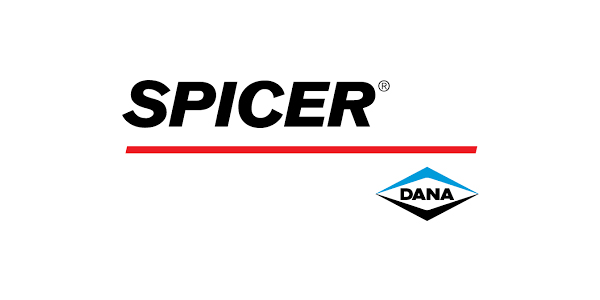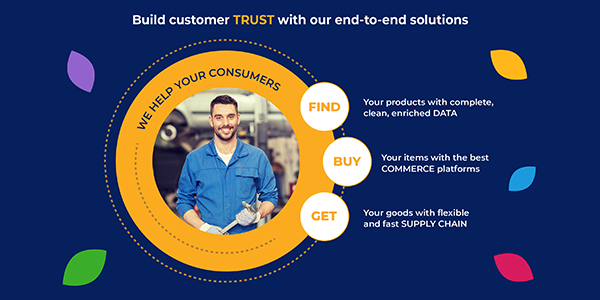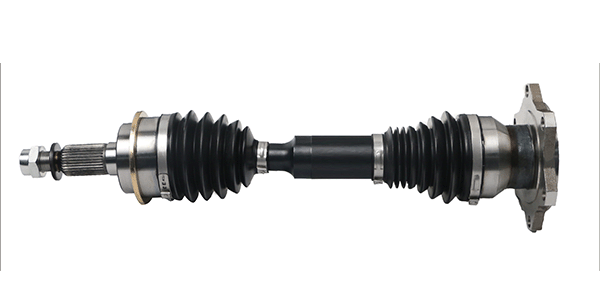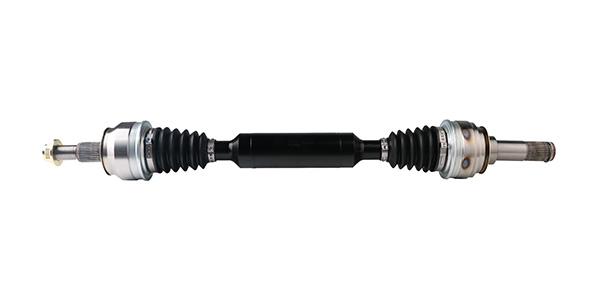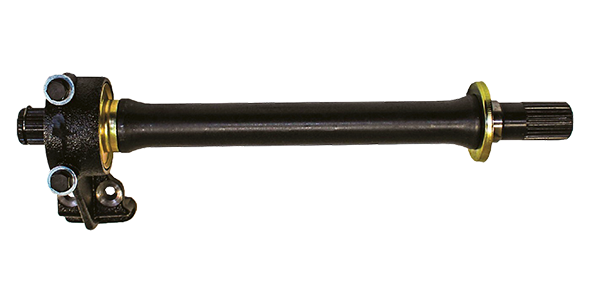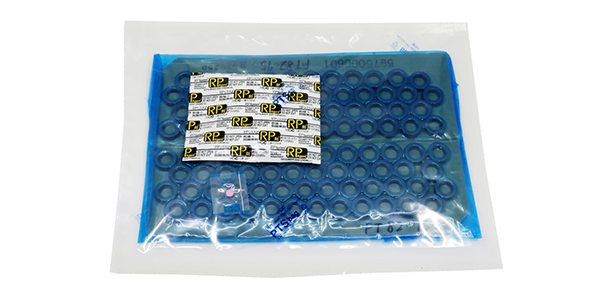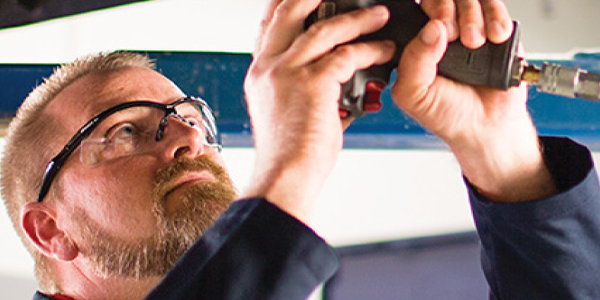From three-ring binder catalogs to simple Year/Make/Model digital lookup platforms, the evolution of how service technicians, automotive enthusiasts, and seasoned parts distributors identify and access parts could be viewed as slow – and even stagnant – until now.
So, what’s driving this change?
Today’s top aftermarket parts manufacturers are finally ramping up online tools – in part, responding to the demands of the “Millennial” workforce now rapidly filled with people who may not have knowledge and a hands-on background in aftermarket parts.
The need for an expanded online experience, including the ability for self-service and training, is no longer a nice-to-have, it’s a must-have – especially for this younger generation of workers who are more accustomed to all-things-all-the-time online.
 The next generation of online parts access has arrived to meet the next generation of aftermarket parts workforce.
The next generation of online parts access has arrived to meet the next generation of aftermarket parts workforce.
Features like expanded search-and-identification functionality, real-time inventory access, and seamless placement and tracking of orders establishes a more direct connection from manufacturer to all touch points along the sales channel. “Request-a-quote” functionality, easy access to technical specifications and training videos, account history, and email confirmation are now becoming a standard best practice for online development. Additionally, select platforms now feature emergency order production and fulfillment functionality.
For manufacturers, the investment in enhanced digital tools is seen as a value-add to relationships all along the supply channel and an opportunity to claim a point of differentiation among their competition. For workers behind the counter and in the service shop, this is an opportunity to streamline daily tasks, reduce overhead, and better serve the end-user customer.

